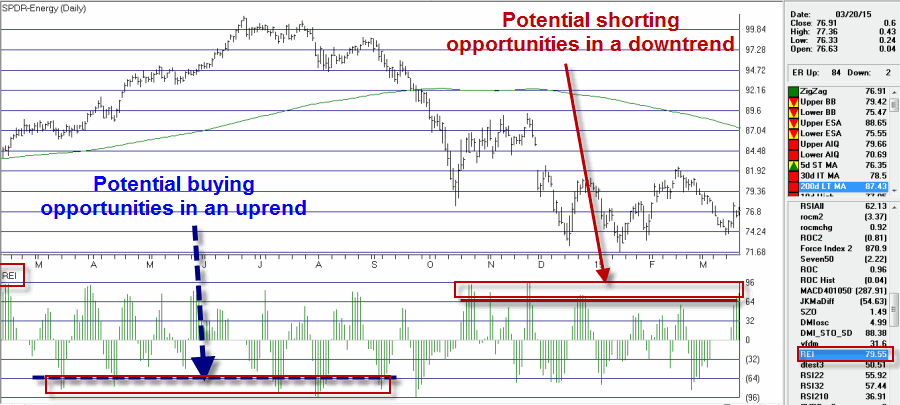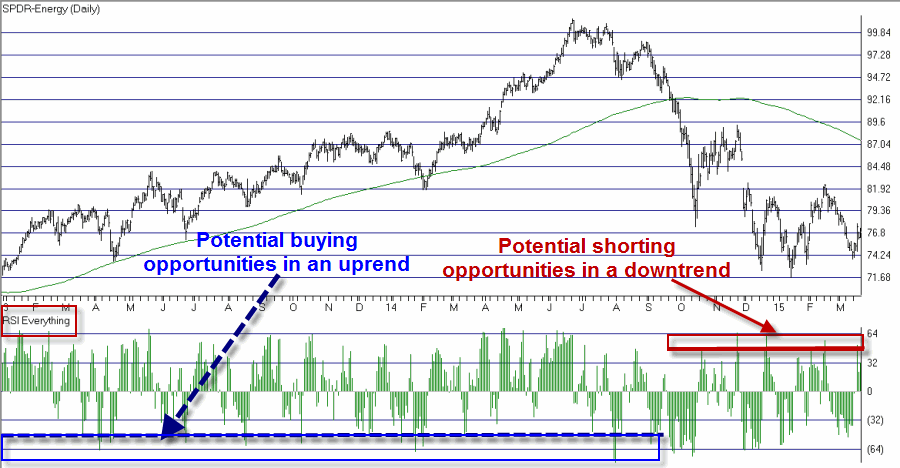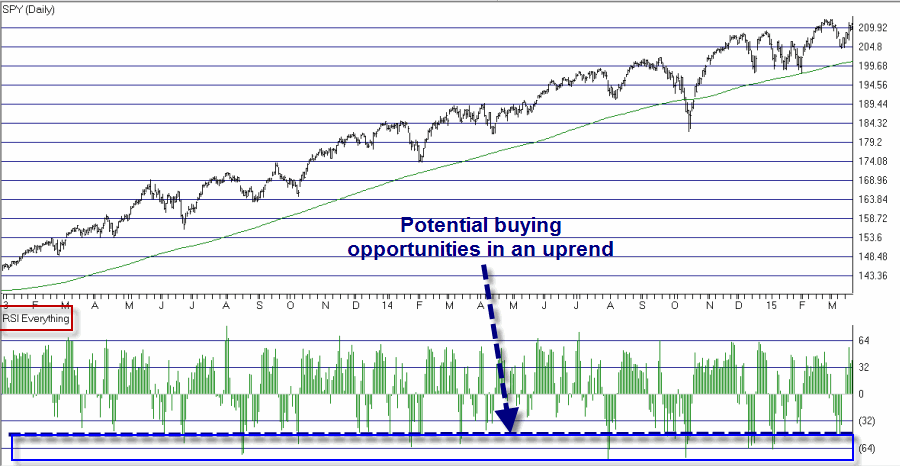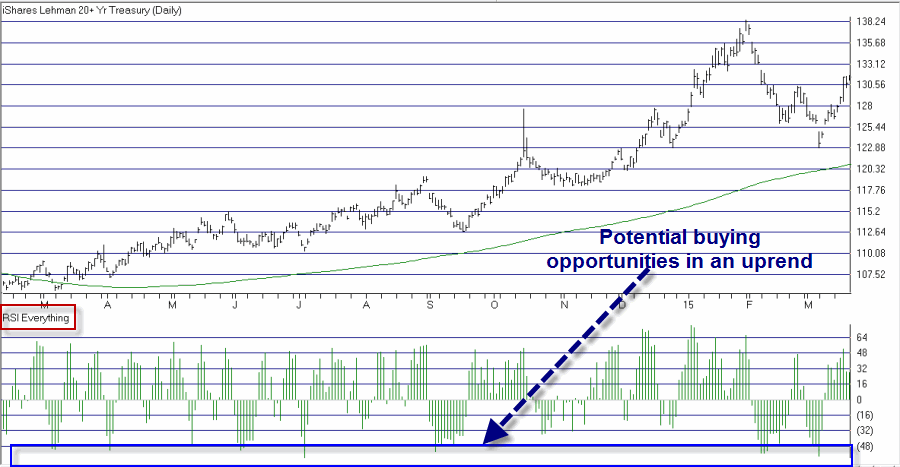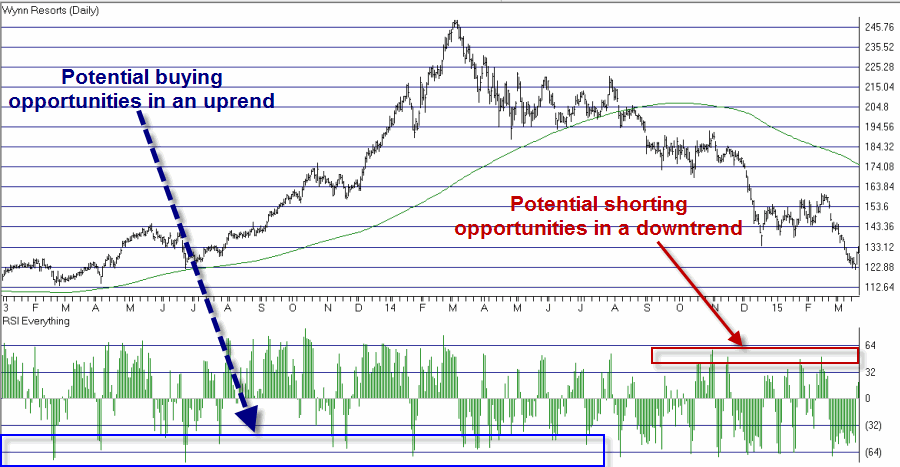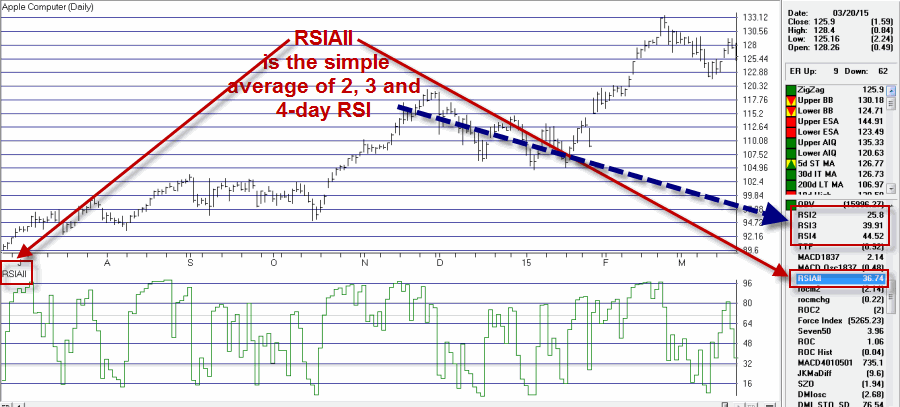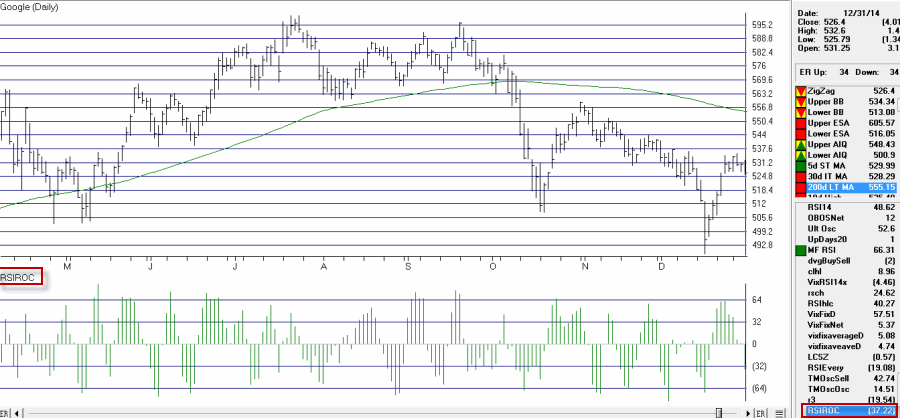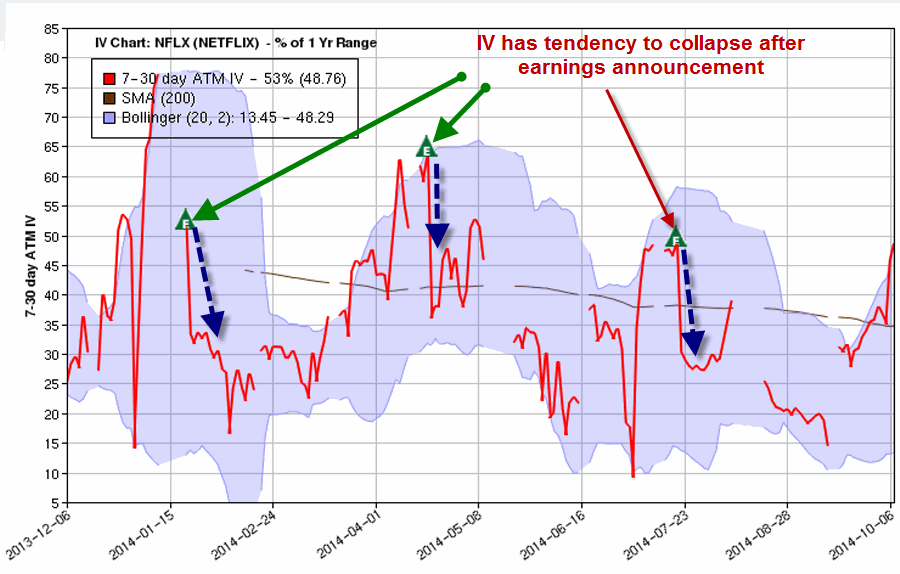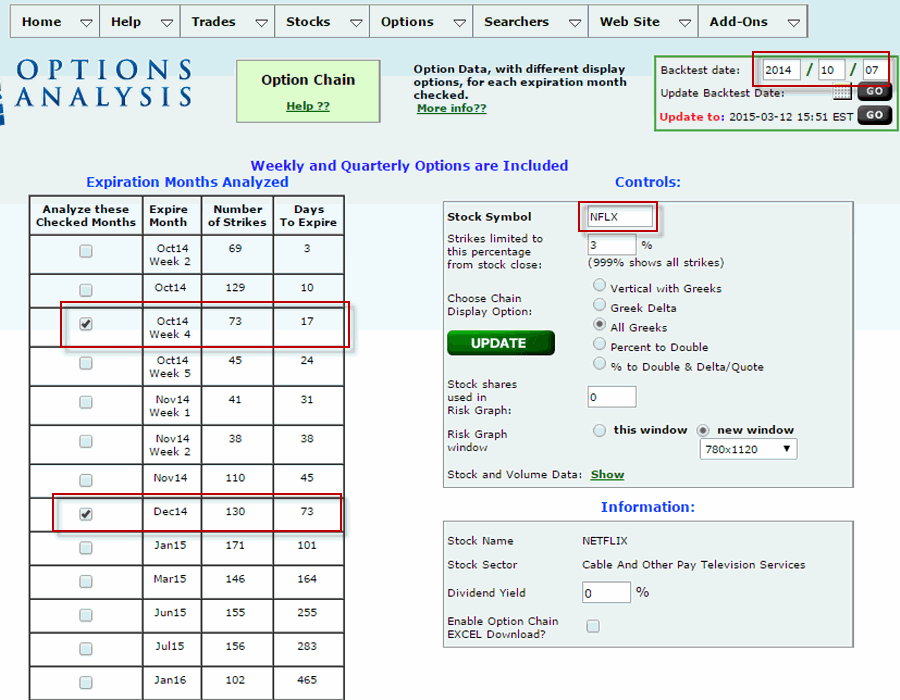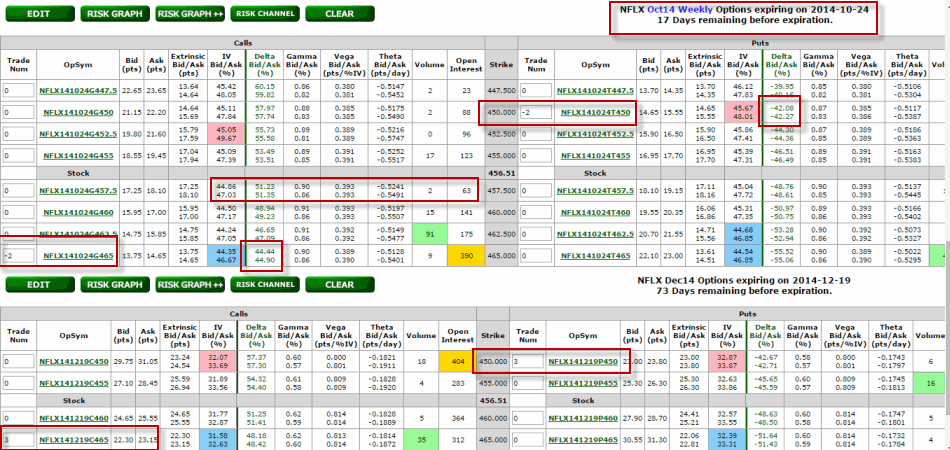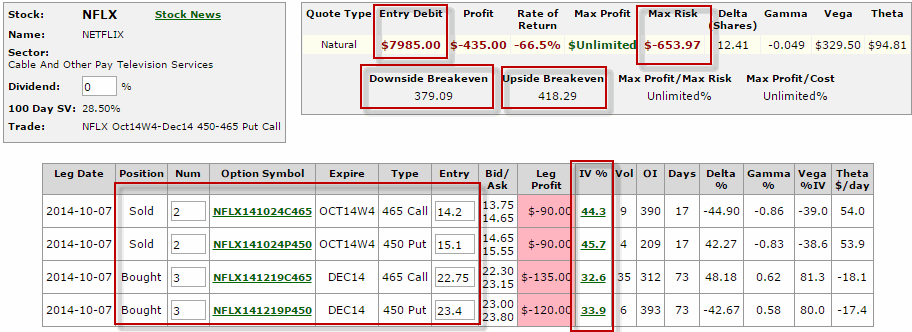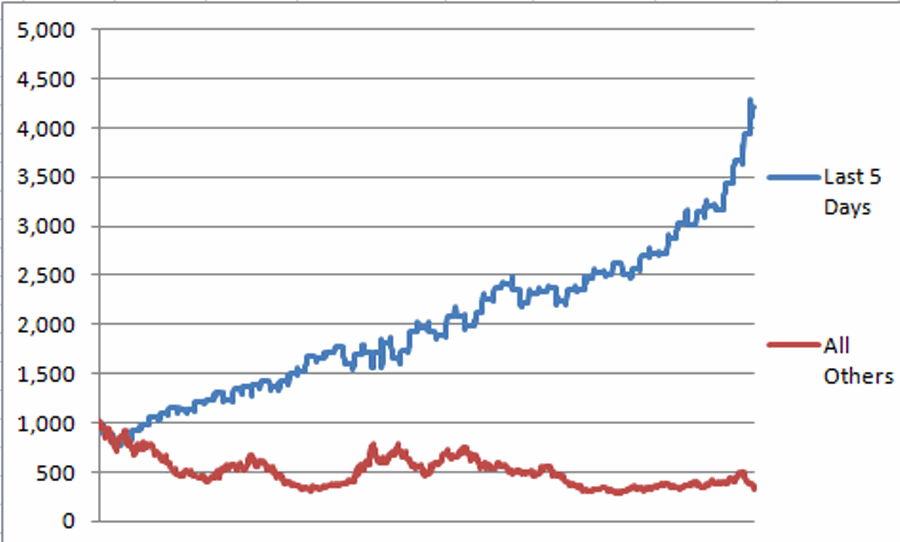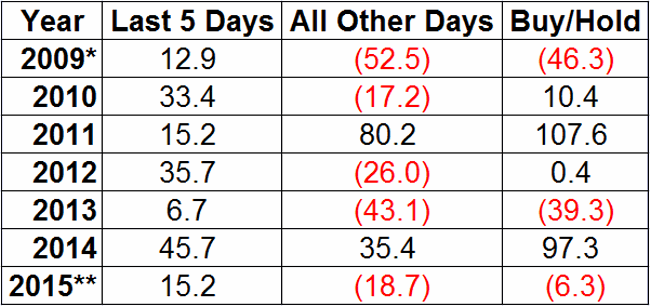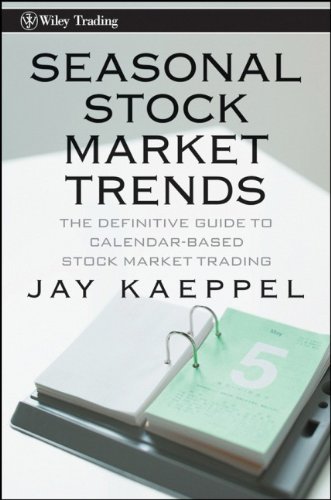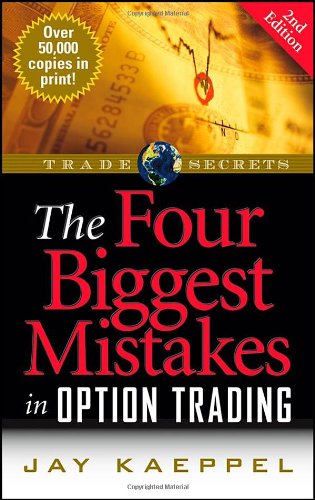For the record, this is not a “new” article. I have posted something very similar to this at various venues a few times since 2004. Still, I have found that none of this stuff ever seems to become “outdated.” I think this is because despite the quantum leap in trading knowledge and computer power in recent times, that pesky thing known as “human nature” remains relatively unchanged. So, repeating now:
One useful exercise for all traders and investors is once in awhile to go back to “basics”. To wit:
While I am very much an advocate of systematic trading, success or failure ultimately comes down to what goes on between the ears. So consider the following thoughts …
Too many traders enter the markets without the slightest realistic idea as to how they will succeed in the long run. Does that sound like a plan for success?
It is essential to trade in a manner that fits your own personality.
There is no “one best way” to trade.
The question that needs to be answered is simply what approach works best for you.
Some traders operate best using a very short-term timeframe. Others operate best using a very longtime timeframe. It is critical to understand your own preference. If you can’t bring yourself to hold a trade for more than a few days, it does you no good to use a longer-term trading approach. Likewise, if you have developed a successful longer-term approach and/or don’t have time to watch a quote screen, it is a mistake to try to day trade.
If you develop some set criteria for entering trades, and if you have some realistic reason to expect this criteria to generate good returns over time, and you follow that criteria consistently, you give yourself the best chance for success.
Your answer to the question “what criteria will I use to exit a trade at a loss” may have more of an impact on your ultimate success or failure as a trader than any other single factor.
The truest thing to know about trading is that there will be losing trades, and that you must be prepared to deal with them, both financially and psychologically.
The key to long term trading success is to select some method that you will use when you have money on the line and then to stick to it once you are actually trading.
Whenever you hear a successful trader say “what you need to do in order to succeed is…” what they should be saying is “what I need to do in order to succeed is…” What you need to do in order to succeed may be different. Likewise it is your responsibility to determine which ideas from other traders are useful to you and which are not (Warning: it’s not always an easy process).
Forming a comprehensive trading plan is your first step toward trading success.
Successful traders learn that the ability to identify the current trend is far more useful than a thousand predictions.
Most successful traders focus first on controlling risk, rather than on how much money they plan/hope to make. In other words, they take care of the losing trades, and the winning trades take care of themselves.
In the final analysis, proper risk control is ultimately what separates the winning traders from the losing traders.
The goal in trading is to make money of course. However, one tradeoff that needs to be considered is the relationship between total profitability and the volatility experienced along the way. If the day-to-day volatility is too great, this will often result in a trader “pulling the plug” at exactly the wrong time.
The ultimate goal is to maximize profitability while minimizing risk. This does not happen by chance. It takes planning, execution and discipline.
Your absolute #1 priority as a trader is to be able to come back and be a trader again tomorrow – never take any risk that might endanger that possibility.
The costliest mistakes in trading are usually made when the pain of losing money (and/or the fear of losing more money) becomes too great. Bottom line: never risk too much at one time.
If you “bet the ranch.” prepare to have your trading account “buy the farm.”
The most cruel paradox in trading is that short-term success can sow the seeds for long-term failure. Beware the trader who has unexpected success and then believes he or she has developed “the touch.”
If you decide that you will exit a particular trade if and when a certain set of criteria is met, then that is exactly what you need to do. The specific chain of events that cause your exit criteria to be met are completely irrelevant.
The markets do not know that you or long or short and do not move in a particular way simply to inflict pain upon you personally. It just seems that way sometimes.
The markets will frustrate you and inflict pain upon you from time to time. This is simply a fact of trading life. The real trick is to not inflict pain upon yourself.
When you succumb to fear or greed or ego, you become your own worst enemy. Knowing yourself as well as you do, do you really want you as your worst enemy?
Too many traders spend too much time saying things like “I should have gotten in sooner,” or “I should have held on longer,” “I can’t believe that stock reversed the minute I got out,” etc., etc., etc. The cure for this is to focus solely on the action of the market from the time you enter the trade until the time you exit the trade. What happened before you got in and after you got out is not important.
Another paradox: it is important to analyze your approach from time to time to see what’s working and what’s not. However, the danger is that if you are constantly tinkering with your existing approach, you may never truly develop the confidence you need to have in it in order to stick with it when the going gets tough.
In the long run, it is not any prediction you might make about what will happen next that will make the biggest difference in your success or failure, but rather how you react when things don’t go the way you expect them to.
Second-guessing a trading decision is the single most simple act in all of trading.
Make no mistake about it, letting a profit run can be a very difficult thing to do psychologically. However, if you are using a longer-term method – which requires at least an occasional “big winner” to offset a lot of small losses, it is imperative to avoid taking profits too soon. Remember the word “discipline.”
Likewise, watching a trade continue to pile on profits after you have exited prematurely is one of the most painful experiences in all of trading.
A lack of discipline can destroy even the most talented and well-prepared trader.
In the end, you – and you alone – are ultimately responsible for your own trading success or failure. Remind yourself of this from time to time.
Working past a really bad trading experience can be very difficult. The key is to understand and accept the simple fact that this is part of life as a trader and to not allow a bad experience to have a negative residual effect on your subsequent trades.
The great paradox of option buying:
Lesson A) to maximize your return on any single trade, buy an inexpensive out-of-the-money option.
Lesson B) to maximize your return in the long rung avoid lesson A.
To put it another way, to make money in the long run, avoid trying to make all the money in the world in the short run.
In choosing which option to buy an option buyer must decide which is more important to him or herself – greater upside potential (out-of-the-money) or a higher probability of profit (further in –the-money). There is no exact right or wrong answer. The problem is that too many traders never ask the question. They simply go for the greatest leverage.
In the long run, due to the negative effect of time decay, option buyers generally are better off reducing their leverage and buying options with some intrinsic value, rather than just buying cheap out-of-the-money options.
The questions you need answers for:
* What is my reason for entering this trade?
* What is my objective in entering this trade?
* What is my maximum profit potential and what is the probability of achieving it?
* What is my maximum risk and what is the probability of achieving that?
* Will I need to adjust this position?
* If so, at what point do I need to adjust and what type of adjustment will likely be required?
Am I going to be able to keep track of this trade closely enough to avoid any potential disasters?
If you don’t have answers for these questions before entering a particular trade, this should be your warning not to take the trade in the first place.
Jay Kaeppel



